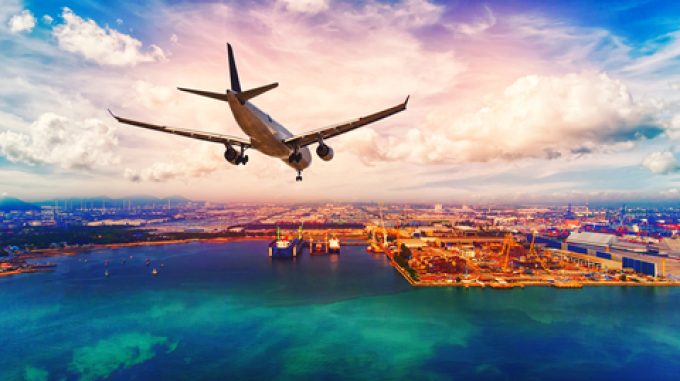India ready to lower US tariffs in exchange for concessions
India has agreed to the US Terms of Reference for the bilateral trade agreement, after ...

To boost regional trade hub ambitions, the Indian government has approved Bangladesh’s transhipment cargo to be handled at the Delhi Air Cargo complex.
An air freight window for Bangladesh transit cargo will be available from 15 February, according to India’s Central Board of Excise and Customs (CBEC).
Since June 2020, Bangladesh shippers have had air freight access from the Kolkata air cargo complex, but the fewer flight connections there, including for freighters, had put pressure on their ability to take advantage of ...
USTR fees will lead to 'complete destabilisation' of container shipping alliances
Outlook for container shipping 'more uncertain now than at the onset of Covid'
Flexport lawsuit an 'undifferentiated mass of gibberish', claims Freightmate
Shippers warned: don't under-value US exports to avoid tariffs – 'CBP will catch you'
Cancelled voyages take the sting out of spot rate declines this week
New Houthi warning to shipping as rebel group targets specific companies

Comment on this article